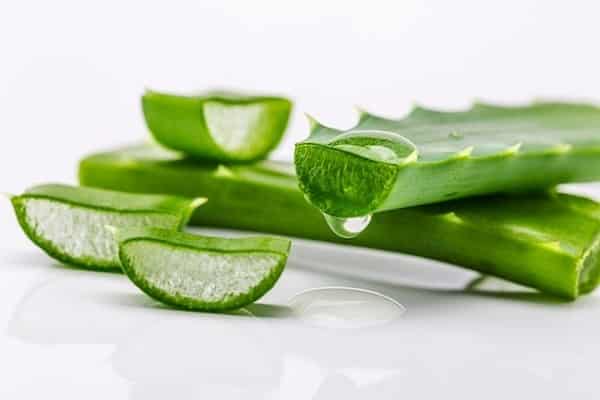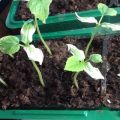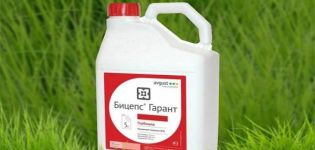What to do if cucumber seedlings are frozen, what temperature can they withstand
Seedlings of any vegetables are very tender and practically intolerant of frost. Cucumbers are also no exception. But exposure to low temperatures does not always mean the complete death of seedlings.
Content
- 1 Prevention measures against freezing of seedlings
- 2 The degree of freezing of cucumber seedlings
- 3 First aid measures for freezing cucumber seedlings
- 4 How to care for cucumber seedlings after defrosting
- 5 Yeast dressing for cucumber seedlings
- 6 What to do if the seedlings of cucumbers after freezing could not be saved
Prevention measures against freezing of seedlings
A question that worries almost all novice gardeners: how to preserve seedlings with a sharp drop in temperature during late frosts?
Advice 1.
Of course, it is always better to prevent frostbite of sprouts than to treat them for frost afterwards. Therefore, seedlings are not planted on the ground until the expected frost has passed. After the seedlings are planted on the ground, they are covered overnight with agrofibre or black film, as well as any other covering material from which mini-greenhouses are made.
Advice 2.
The minimum temperature that cucumber seedlings withstand is +8 degrees. It is also a good preventive measure to sprinkle hay, straw or fresh grass mulch over the planted seedlings and cover with cardboard caps. Such a shelter will keep the temperature around the plant 5-6 degrees higher than the air temperature.
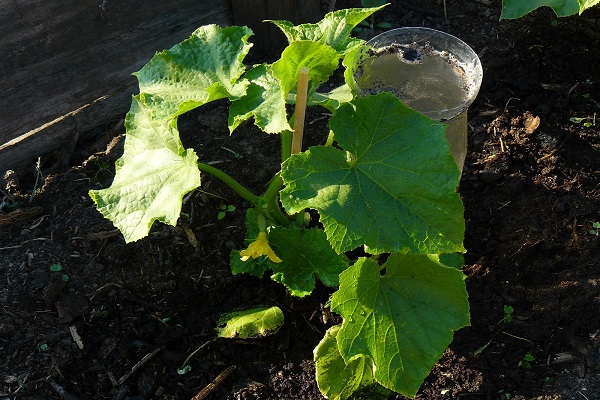
Advice 3.
To withstand a sharp drop in temperatures and freezing, you can light smoke bombs on the site or in the greenhouse. They envelop the sprouts in a dense layer of smoke and prevent frost from falling to the soil. On the street, checkers are used in advance by making a mini-greenhouse from a film over the seedlings. After installing the frame (it can be low) and the film, checkers are placed at both ends and set on fire.
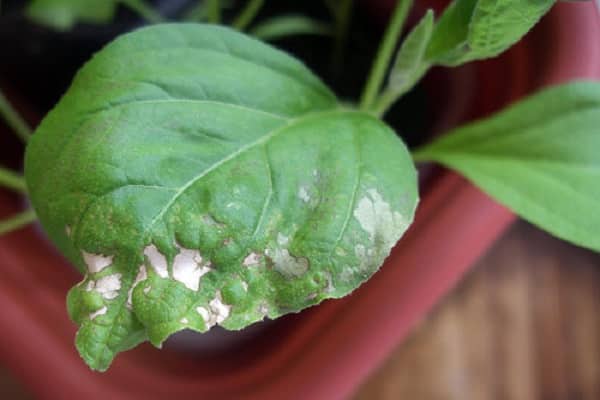
The degree of freezing of cucumber seedlings
If, after all, it was not possible to prevent frost and the seedlings froze, then how to understand what measures are needed to save the cucumbers?
Freezing degree:
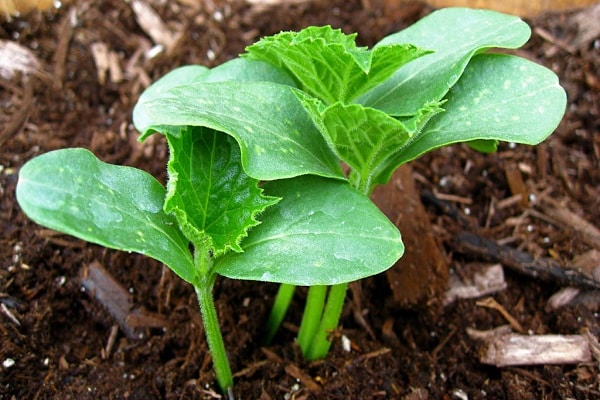
- A characteristic change in the color of the leaves of cucumber seedlings, they become softer at the edges and go down.
- In addition to the leaves, the plant stems also change. At this stage, the stem may be covered with a thin layer of ice.
- Complete freezing stage. It is characterized by complete freezing of the stem and leaves, as well as a root frozen in the ground.
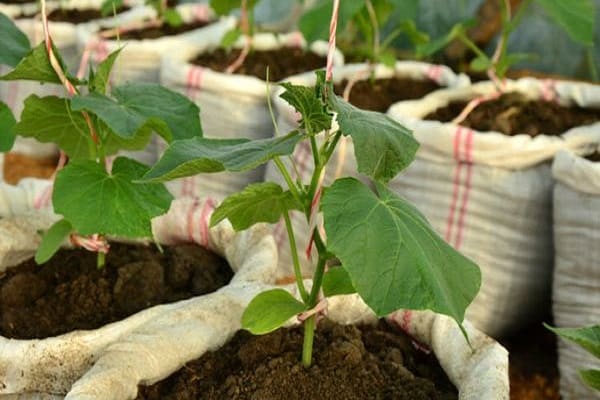
First aid measures for freezing cucumber seedlings
What to do if the cucumber seedlings are frozen over? Based on the degree to which the cucumbers are frozen, it is possible and necessary to take measures to resuscitate the seedlings.
How to save seedlings:
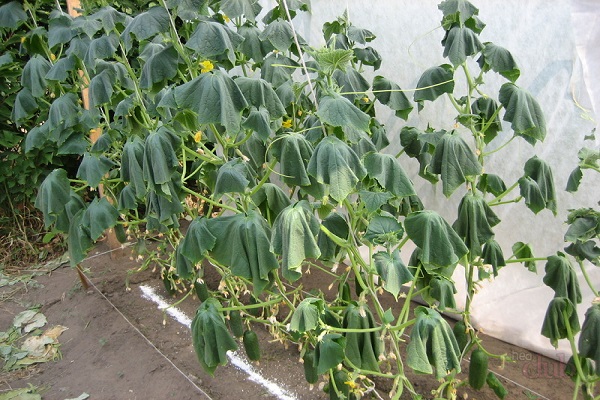
- At the first degree of freezing, cucumber seedlings can be saved.It is treated with a solution of the drug "Epin-Extra", which is a biological growth stimulant, restores sprouts, stimulating the growth and immune forces of plants. After carefully reading the instructions for the drug, you need to spray the cucumbers with it.
- If the seedlings of cucumbers are frozen to the second stage, then in addition to spraying with a biostimulant, other measures must be taken in the following sequence:
- First, be sure to close the sprouts with cardboard boxes, and lay a film on top. Such a shelter is needed in order to provide protection from the sun's rays. When the sun comes out, it quickly heats up the cucumber sprouts and dries up their surface, which exacerbates the stress of frost and the plant dies.
- After the seedlings have stood under the boxes all day, the boxes can be removed in the evening and treated with a biostimulant, for example HB-101. The next day, the surviving cucumbers will look better and the dead plants can be removed.
- If the cucumber seedlings have frozen to the third stage, then the chances of reanimating it are practically zero.
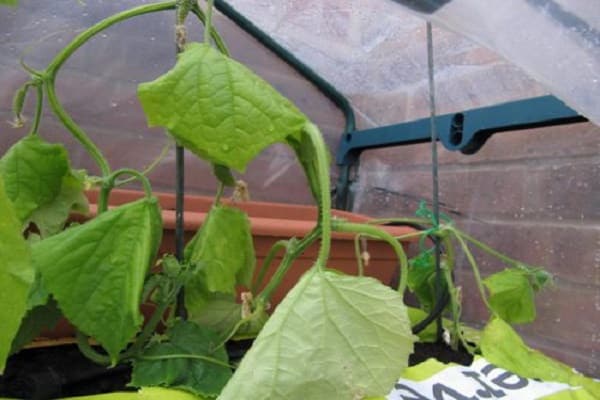
How to care for cucumber seedlings after defrosting
After you have not allowed the seedlings to freeze, and have properly resuscitated them, the cucumbers will gain strength for some time and the intensity of their growth and development may decrease. It is believed that a frozen seedling often loses its fertility. Do not be afraid of this and water them with all known and unknown chemicals indiscriminately. You need to give the bushes time to recover.
For a week after they have frozen, do not add any new fertilizer, except for the biostimulants that you used to defrost.
After 7-10 days, you can give the seedlings a natural top dressing, and then fertilize according to the standard scheme.
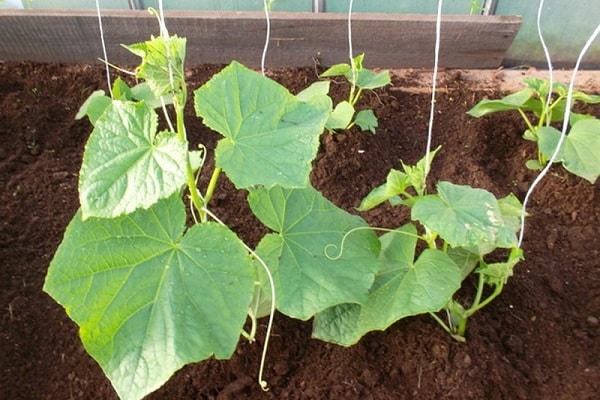
Yeast dressing for cucumber seedlings
It is not enough to save frozen cucumber seedlings. They still need to be restored, without losses for fruiting. Natural yeast feeding can help with this. To prepare it, you need to take 50 grams of yeast per 5 liters of warm unboiled water and mix them well until a homogeneous solution is formed.
This mixture should be placed in a warm, dark place, kept there for a day, and when it ferments, pour it over each bush under the root. Cucumbers after such feeding put new leaves faster, root better, turn green. And those roots that are frozen are rejuvenated and the bush develops again without loss of yield.
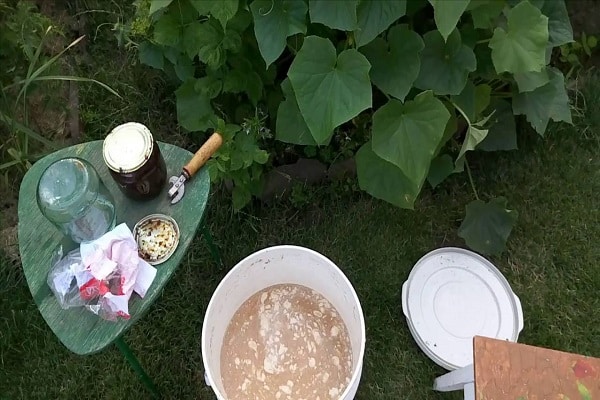
What to do if the seedlings of cucumbers after freezing could not be saved
If the seedlings of cucumbers after freezing could not be reanimated, then plant them again. Here are some tips for quick shoots of cucumber seedlings:
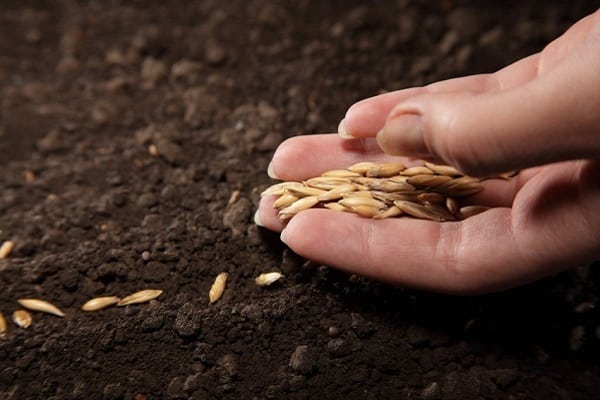
- We sow cucumbers in boiling water. This method is very good because the sprouts come out and grow very quickly. The seeding method is very simple. We need cups for sowing seeds, boiled and cooled water to 70-80 degrees and the seeds themselves. We plant 1-2 seeds in cups and pour boiling water over them. Then, covering the cups with foil, we leave them in a dark place. In two days, you will have cucumber sprouts.
- Soak the seeds in boiling water. For this method, boiling water is needed as an accelerator. You need to put seeds in a gauze bag, tie it and pour boiling water over it. The next day, all the seeds will be hatched. They can be planted directly into the ground. However, if you are afraid of recurring frost, then it is better to put them in cups and place them in a warm, sunny place for further germination.
- This method has established itself as one of the best. I soak the seeds in aloe juice for a day. I squeeze the juice from the leaves of aloe no less than three years of age. I plant these seeds directly into the soil and cover generously with mulch on top. I water it only with warm water and, as needed, add mulch on top.On the open ground, you can still make a small frame greenhouse, which will be additional protection for seedlings.
